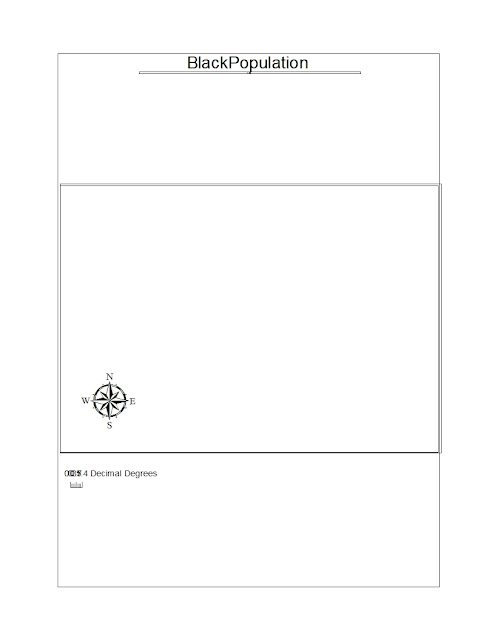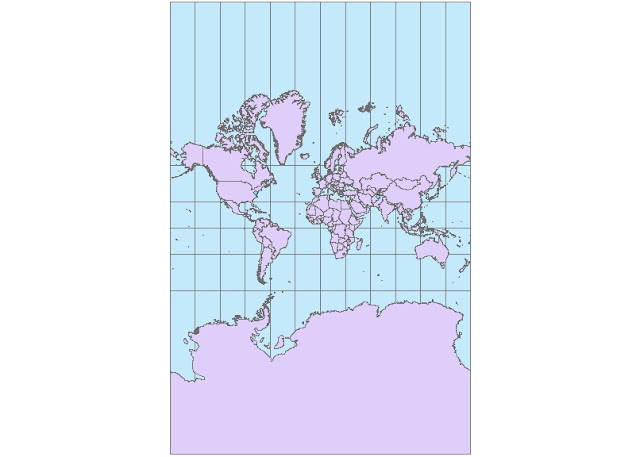This second map is another colored map representing the estimated Asian population in the U.S in the year 2000 taken from information from the same census website mentioned above. Again the darkest colors (in this case, the darkest blue) are the most densely populated areas. Here, it is easy to tell that of the many general areas of concentrated Asian populations, the most lies in the southwest coast. The single most densely populated area is the San Francisco bay area in the western coast in California. Other regions include the northwestern coast, Florida, and the New England area (the northeast coast).
(Correction: the grey area in the middle is actually a zoomed out version of the 'Some Other Population Alone' map left 'visible' when the map was saved as a jpeg image).
Here is the black population in the year 2000 according to the census website in another color represented map. Unfortunately, an unknown problem in the Arcmap GIS program kept the map from appearing in the 'layout view.' Here, the darkest colors are again the most populated regions and that appears to be in the southeast region of the U.S.
Census map series here could have been slightly better with a few touch ups, but generally the necessary information is shown. The maps show that population can vary drastically among regions and that stereotypical assumptions can be proven wrong when the surveyed information can be put into a map. My overall impression of GIS is actually that of impressed how easy it could be. With a good amount of time one would be able to get a real grasp on the program. I actually thought it would be harder. With that said, I do admit it was difficult. However, the basic concept can become familiar (with practice) and even become exciting depending on the type of information being dealt with.













